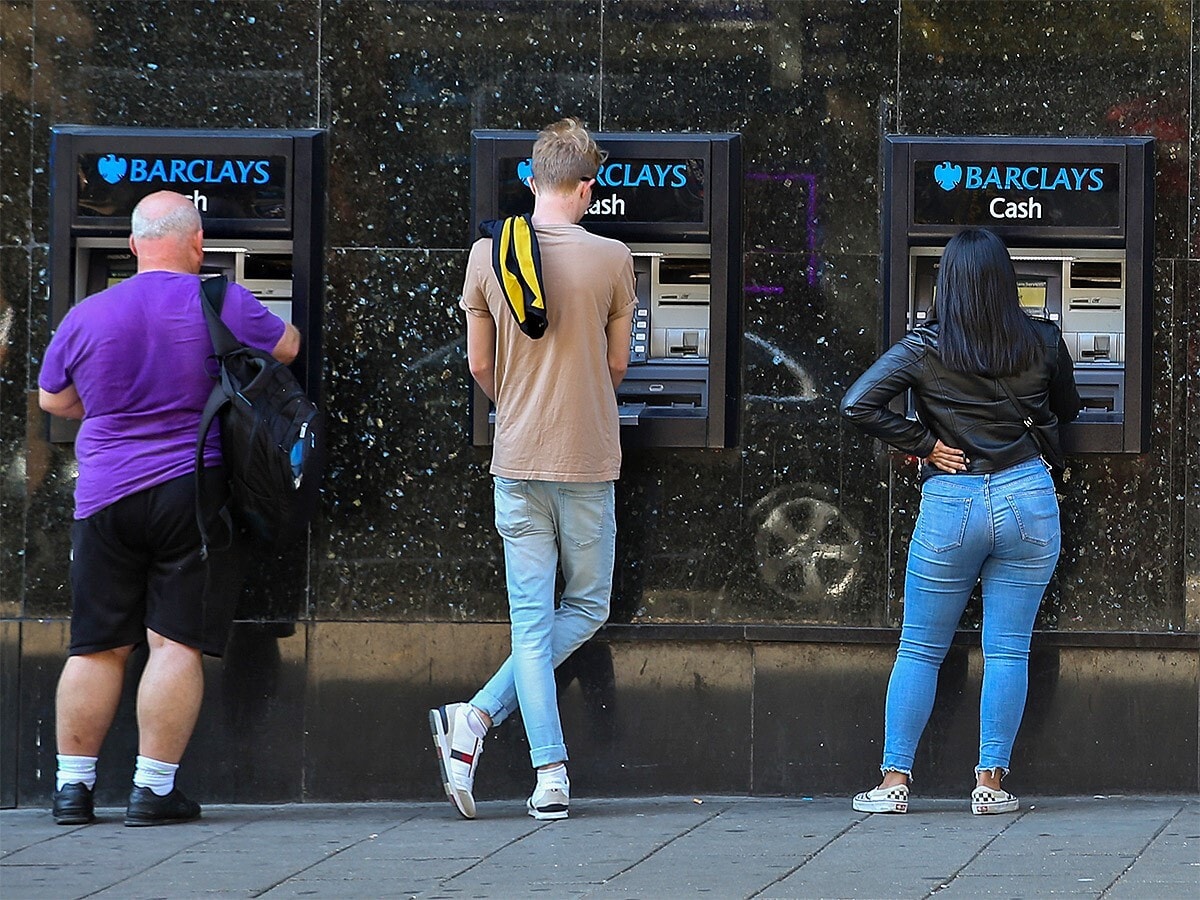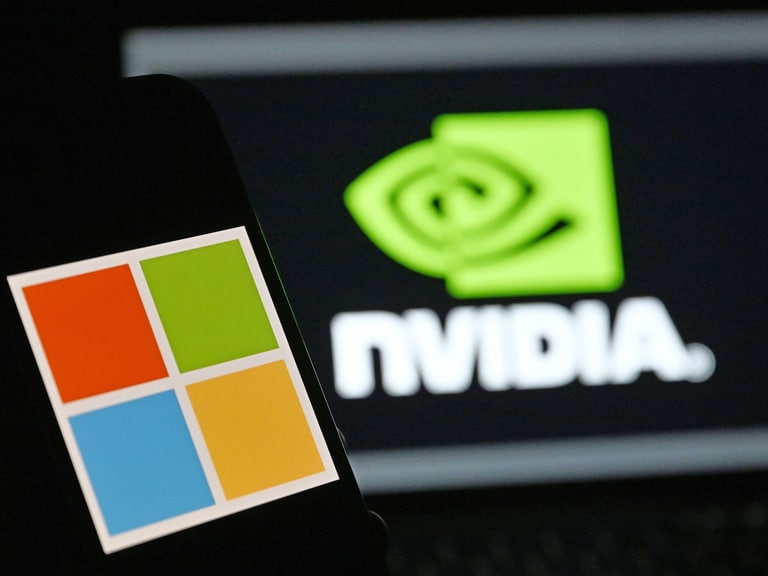After a promising start to 2022, the Barclays share price has dipped ahead of the company’s annual earnings announcement on 23 February. This is despite analysts forecasting positive earnings and revenue growth off the back of higher interest rates and a consumer recovery.
Like the rest of the banking sector, Barclays [BARC.L] has seen its share price surge since the start of the year. As the group prepares to report its full-year results on 23 February under the command of new chief executive CS Venkatakrishnan, investor sentiment appears to be optimistic about continued growth.
From the close on 31 December 2021, the Barclays share price climbed 16% to a 52-week high of 217p on 13 January, buoyed by the Bank of England hiking interest rates to combat higher inflation and hopes that the omicron Covid variant could be the beginning of the end of the pandemic.
However, the bank has failed to rally its share price ahead of the announcement. It stood at 191.44p at the close on 21 February, down 8.2% from a week earlier.
Barclays’ revenue boost
According to a recent note from AJ Bell, analysts are expecting Barclays to post 2021 full-year pre-tax profits of £8.1bn. That compares with 2020’s £3.1bn and would outstrip the pre-financial crisis peak of £7.1bn achieved in 2006.
This follows a knockout third-quarter performance that took the bank’s nine months profit before tax to £6.9bn, up from £2.4bn in the same period in 2020. Its earnings per share came in at 30.8p, compared with 7.6p in 2020.
The bank was boosted by a 37% increase in income generated from investment banking fees. It also benefitted from the ongoing consumer recovery, which led to mortgage and deposit growth as well as higher credit card spending. In addition, it had a £311m credit impairment net release due to the improved economic outlook.
The Barclays share price pushed 2.6% higher over the week following the results announcement on 30 September 2021.
Before he departed the bank in November over alleged links to disgraced financier Jeffery Epstein, Barclays chief executive Jes Staley said during the Q3 results announcement that the bank was seeing the early signs of a more favourable rate environment.
Indeed, since his comments, the Bank of England has hiked the interest rate from 0.1% to 0.25% and then to 0.5%. The expectation is that further increases will follow, which would help Barclays and the wider banking sector as this is a major income source when they lend to businesses and consumers.
£8.1billion
Expected full-year profits for 2021, per AJ Bell, up from £3.1bn in 2020
How much further can the stock go?
The Barclays share price has revived over the past 12 months as fears over the pandemic eased and rising inflation signalled the need for interest rate increases. Despite the recent slump, it has increased by 2.2% over the year to 18 February.
In comparison, competitors such as Lloyds Banking Group [LLOY.L] and NatWest [NWG.L] have recorded gains of 7.2% and 3.9%, respectively, since the start of the year.
Wall Street looks to lending patterns
Looking ahead to Barclays’ upcoming annual earnings announcement, general market sentiment appears to indicate that the company’s performance during the period will have been boosted by improved consumer spending.
Hargreaves Lansdown analyst Susannah Streeter said “there are signs that consumers and businesses are starting to loosen the purse strings and borrow more, and investors will be watching for guidance that more lucrative conditions are on the horizon” compared with earlier in the pandemic.
The analyst also expect worries about bad debts to continue evaporating, Barclays’ powerhouse investment arm to keep revenues raking in helped by strong levels of M&A and IPO activity and higher interest rates making loans more profitable.
“Although its mortgage book is going from strength to strength with a rise of new applications and customer retention, if there’s a cooling off in the housing market, that may not prove to be a solid crutch to lean on” - Hargreaves Lansdown analyst Susannah Streeter
But there are challenges for the Barclays stock price, with rising inflation likely resulting in higher operational costs such as for paper, wages and mortgage fragility.
“Although its mortgage book is going from strength to strength with a rise of new applications and customer retention, if there’s a cooling off in the housing market, that may not prove to be a solid crutch to lean on,” Streeter warned.
According to 22 analysts polled by MarketScreener, Barclays has a consensus ‘outperform’ rating and an average price target of 246.4p, which would be a 28.7% increase from its 21 February closing price.
Disclaimer Past performance is not a reliable indicator of future results.
CMC Markets is an execution-only service provider. The material (whether or not it states any opinions) is for general information purposes only, and does not take into account your personal circumstances or objectives. Nothing in this material is (or should be considered to be) financial, investment or other advice on which reliance should be placed. No opinion given in the material constitutes a recommendation by CMC Markets or the author that any particular investment, security, transaction or investment strategy is suitable for any specific person.
The material has not been prepared in accordance with legal requirements designed to promote the independence of investment research. Although we are not specifically prevented from dealing before providing this material, we do not seek to take advantage of the material prior to its dissemination.
CMC Markets does not endorse or offer opinion on the trading strategies used by the author. Their trading strategies do not guarantee any return and CMC Markets shall not be held responsible for any loss that you may incur, either directly or indirectly, arising from any investment based on any information contained herein.
*Tax treatment depends on individual circumstances and can change or may differ in a jurisdiction other than the UK.
Continue reading for FREE
- Includes free newsletter updates, unsubscribe anytime. Privacy policy





